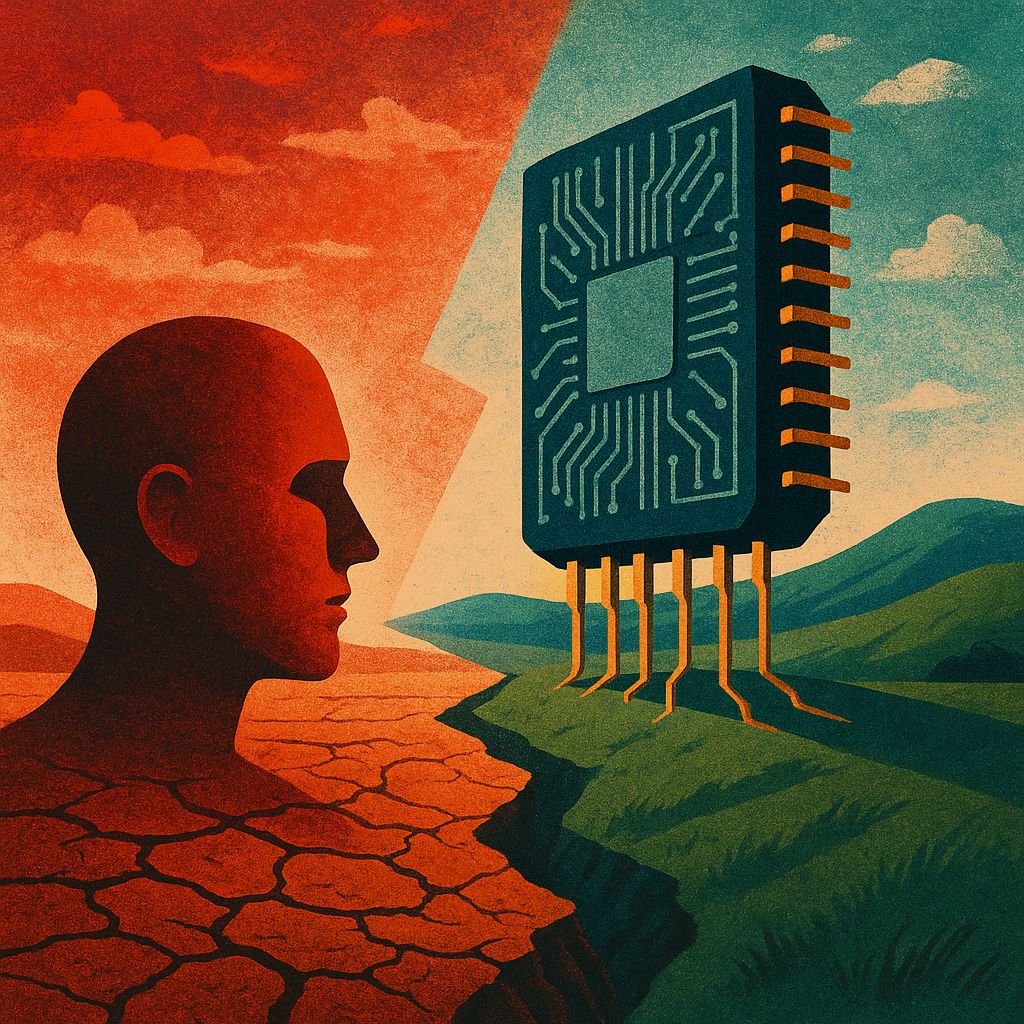By 2025, AI is everywhere in schools, making learning smoother and smarter. Teachers spend less time on boring paperwork because AI handles things like attendance and grading. Students get to use AI tutors anytime, which helps them learn in new ways and even earn quick certificates. Countries are investing big money to teach both students and teachers about AI. Even though there are still some problems, like making sure everyone has computers and fair programs, AI is now the hidden helper behind most classrooms.
How is AI transforming education by 2025?
By 2025, AI is the backbone of education, automating administrative tasks, enabling personalized lesson planning, and providing continuous, adaptive assessment. Students benefit from 24/7 AI tutors, increased accessibility, and micro-credentials, while teachers focus more on guiding and orchestrating learning rather than routine tasks.
In 2025, AI is no longer a side experiment in schools – it has become the invisible spine of daily teaching and learning. From Berlin to Bangalore, government-endorsed AI curricula now guide more than 120 million K-12 and higher-ed students worldwide, and UNESCO reports that two-thirds of countries have moved from pilot projects to system-wide rollouts (UNESCO policy hub).
What actually changed for teachers?
-
Administrative load dropped by 30-40 %*
AI handles attendance, grading, compliance tracking and even bus-route optimization. A single dashboard can now predict which students risk dropping out and suggest resource reallocations in real time (XenonStack analysis). -
Lesson planning: hours shrink to minutes*
Generative platforms like Coursera’s new AI toolkit turn a professor’s bullet-point outline into full slide decks, practice problems and even multilingual subtitles “in the time it takes to sip coffee,” according to their 2025 benchmark study (Exploding Topics trends report). -
Assessment becomes invisible and continuous
Adaptive engines create individual question banks that adjust difficulty after every click. Pilot programs in California community colleges saw course completion jump 11 %* when AI offered real-time hints instead of static mid-terms.
Student experience inside the classroom
- 24/7 AI tutors: Chatbots trained on the exact textbook and teacher’s notes answer homework questions at 2 a.m. with a 92 % satisfaction score in Saudi Arabia’s national program.
- Accessibility leap: Speech-to-text, dyslexia-friendly fonts and instant translation closed the achievement gap for English-language learners by 18 % in New York City public schools.
- Micro-credentials : AI maps each task to labor-market skills, issuing blockchain certificates that employers can verify in seconds.
Where equity still lags
| Challenge | Current mitigation effort | Coverage (2025) |
|---|---|---|
| Data privacy loopholes | Mandatory vendor audits under updated FERPA | 64 % of U.S. districts |
| Algorithmic bias in recommendations | Public bias-bounty programs | 7 countries piloting |
| Digital divide (devices/bandwidth) | National device-loan schemes | 51 % global enrollment |
National snapshot
- *Canada * invested CAD 2.4 B to weave AI literacy into every grade.
- *China * launched a 47.5 B USD semiconductor fund to secure local AI chips for classrooms.
- *France * earmarked 109 B EUR for teacher up-skilling and inclusive AI content creation.
The teacher’s new job description is shifting from content delivery to learning orchestration. AI drafts the script, but educators decide which scenes make the final cut.
How is AI changing the day-to-day work of teachers by 2025?
By 2025, AI functions as a co-pilot rather than a replacement. Teachers report that the largest time-savers are:
- Automated administrative tasks (grading, attendance, scheduling), freeing up 6–8 hours per week on average (src)
- Data-driven insights that surface at-risk students weeks earlier than traditional methods (src)
- Content generation of quizzes, flashcards, and even first-draft lesson plans in minutes, letting educators spend more time on mentorship and higher-order questioning (src)
In short, the role shifts from information delivery to relationship-focused guidance.
What does “personalized learning at scale” look like in 2025 classrooms?
AI-driven adaptive platforms now deliver individual learning paths for every student without increasing teacher workload. Key features include:
- Continuous diagnostics that adjust reading level, math scaffold, or language scaffolding in real time
- Targeted interventions identified by predictive analytics, improving course-completion rates by 15–22 % in pilot districts (src)
- 24/7 AI tutors for homework help, accessible on low-bandwidth mobile devices to close the homework gap
The result is a classroom where each learner progresses at an optimal pace, while the teacher orchestrates group projects and deeper discussions.
Which back-office tasks have been offloaded to AI, and how much money does this save?
School systems that have fully deployed AI automation report the following operational cost reductions:
| Task Automated | Average Time Saved / Week | Estimated Annual Savings (USD per 1,000 students) |
|---|---|---|
| Enrollment & scheduling | 4 hrs | $18,000 |
| Attendance tracking | 2 hrs | $9,500 |
| Compliance & reporting | 3 hrs | $13,200 |
| Resource allocation analytics | 2 hrs | $11,000 |
Combined, districts save roughly $50–60 k per 1,000 students annually, freeing budget for teacher coaching and device refresh cycles (src).
What new equity risks arise from AI in education, and how are schools mitigating them?
Three risks dominate 2025 policy conversations:
-
Data privacy gaps – Student data sometimes lives in “shadow AI” apps outside IT oversight.
Mitigation: Districts now require vendor FERPA attestations and run continuous data-mapping audits (src). -
Algorithmic bias – Models trained on skewed datasets can disadvantage minority learners.
Mitigation: Pre-processing re-weighting and teacher bias-training modules are becoming standard in procurement RFPs (src). -
Unequal access – Rural and low-income students still lack high-speed internet.
Mitigation: Governments like Canada ($2.4 B) and France (€109 B) are pairing AI rollouts with infrastructure and device subsidy programs (src).
How are global education policies keeping pace with rapid AI adoption?
By 2025, national AI-in-education strategies are no longer optional. Highlights include:
- UNESCO’s open-source policy toolkit, adopted by 31 countries, covering ethics, curriculum, and teacher competencies (src)
- Legislative mentions of AI in education rose 21.3 % globally across 75 countries since 2023 (src)
- National curriculum pilots in South Korea, China, and Saudi Arabia mandate K–12 AI literacy courses starting grade 4
The common theme: policies focus on equity, inclusion, and preserving human agency while scaling innovation (src).


















